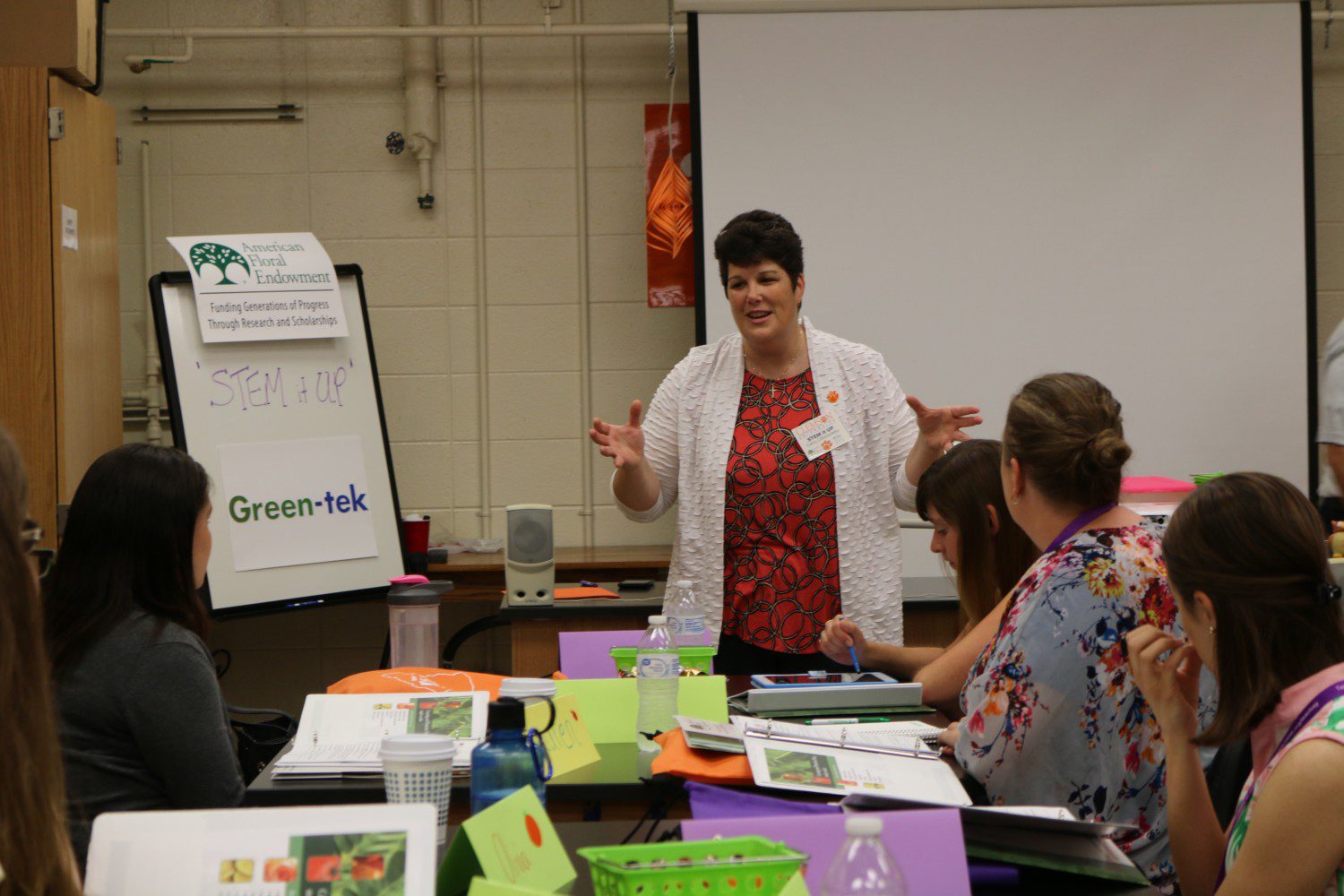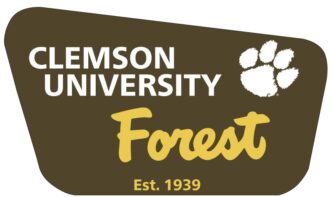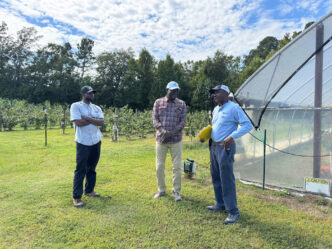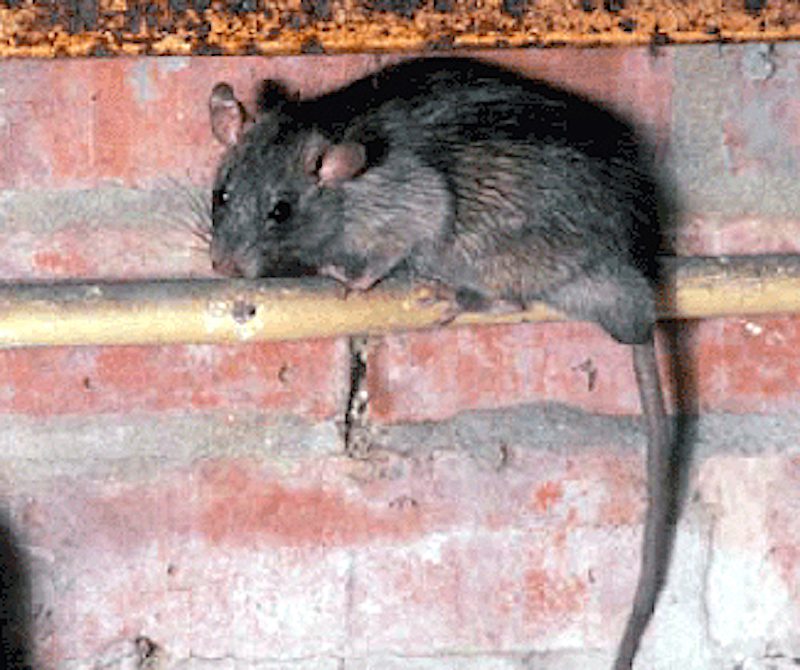CLEMSON –Agriscience teachers from all over the United States met at Clemson University to STEM it UP! for floriculture education at a professional development conference focused on teaching them everything they need to know to get their floriculture curriculum in full bloom.

The teachers were part of the first-ever STEM it UP! conference, sponsored by the American Floral Endowment (AFE). A total of 14 agriscience teachers from various high schools, representing 10 states attended the conference to learn STEM principles related to the floriculture industry. They will take this information back to their states and share it with their students. STEM is a curriculum based on four discipline areas – science, technology, engineering and mathematics. The conference was led by Catherine A. DiBenedetto, Clemson assistant professor of agricultural education.
“I am very passionate about working with teachers to prepare them to be effective instructors in successful school-based agricultural education programs,” DiBenedetto said. “I am focused on providing teachers with professional development skills that they can use to effectively prepare students with skills they need to be career-ready.” “The floriculture industry provides numerous concepts that can be applied to STEM learning through inquiry-based instruction.”
Debi Chedester, AFE executive director, said her organization “fully supports” programs such as STEM it UP.
“These programs introduce students and young professionals to the many viable and rewarding career opportunities in floral industry,” Chedester said. “High school is the final stop for students before they continue their education or begin their careers. So, providing high school teachers with data and materials to share with their students will help bring top talent to our industry.”
Learning how to STEM it UP

During the 3-day conference, participants were treated to various experiential learning activities including propagating microgreens during a visit to horticulture professor Jeff Adelberg’s tissue culture lab. The teachers planted a variety of microgreen seed on grow mats supplied by PolyRoot Synthetic Soil. Leafy greens, herbs, cabbage, radish, broccoli and sunflower are among the more popular microgreens.
“Microgreens are simple and quick to grow,” said Ryan Murphy, a Clemson horticulture master’s student who led the propagation lesson. “They also are inexpensive, require minimal supplies, space and effort to grow. Students can plant the seeds and watch as plants emerge from the soil creating a delicious and nutritious edible crop.”
Murphy suggested teachers encourage students to grow and sell microgreens as a fundraiser.
“Students can work with restaurants, or other places that sell food, and grow microgreens for the businesses to use in their dishes,” he said.

Jacob Koch, a Clemson agricultural education master’s student, led a session that dealt with using environmental sensors, such as the HOBOmobile app, to log data. This app is a hands-on, experiential learning tool, that can help stimulate learning in the classroom. Green-Tek donated a variety of samples for greenhouse coverings and protection that were used to demonstrate how teachers can encourage their students to think critically about the environment in which plants are grown.
“Most high school students today constantly are looking at their phones,” Koch said. “HOBO is a free app they can download and use their phones as data-collection tools.”
Melissa Munoz, a Clemson doctoral student, and Clemson horticulture professor Jim Faust talked about botrytis research they are doing with roses, Gerbera daisies and strawberries, another project also sponsored by AFE. Participants visited the lab where various tests are conducted and the greenhouse were the Gerbera daisy test is being conducted.

“One botrytis spore can start an infection in a rose,” Munoz said. “We have placed some roses in a humid chamber so that they will develop the botrytis fungus. We also collect and store botrytis isolates in petri dishes. We use a microscope and a dissecting scope to study the fungus.”
The Clemson University Herbarium is another facility the teachers visited. Here they learned about sources of information available for use in their classrooms. Jason Joines, a Clemson doctoral student in biological sciences and herbarium interim curator, talked about how the herbarium can serve as an important research tool. He talked about how plant specimen collections are dried, pressed and documented.
“We have information on plants throughout the southeastern United States available in our database,” Joines said. “People can go to our website and search collections available from institutions in the northeastern United States, as well as search state floras and conduct map searches. We also have an image gallery people can browse and search for images by family, genus, or species.”
Joines also suggested other educational tools teachers can use, such as building a nature trail, planting a native plants garden, or letting students create books of native plants.
In addition to presentations by Clemson faculty and students, University of Florida associate professor, Andrew Thoron discussed strategies for teaching inquiry-based instruction, while doctoral student Natalie Ferand gave the teachers an Introduction to Floral Design Techniques high school students can use to create items to sell. As part of the lesson, some participants created boutonnieres while others created flower arrangements.
“Students can create boutonnieres and corsages and sell them for prom or other school functions,” Ferand said. “The students will be learning a skill they can use in a career and make money at the same time.” “More importantly, they will learn the science, technology, engineering and mathematics (STEM) principles related to the floriculture industry”, DiBenedetto added. “In agriculture we talk a great deal about farm to table in relation to our food. The cut flower industry is similar. Farmers are challenged to produce the highest quality flowers to assure extended vase life when those products are harvested and shipped to the end consumer.”

Starting a Community Supported Agriculture program, or CSA, is another way to support school activities.
Phil Fravel, Clemson professor of agricultural education, talked with the teachers how they can use greenhouse electrical controls to spark student interest in science, as well as help their students build self-esteem. Part of this session included creating a single pole switch circuit that can be used in laboratories and greenhouses.
“Electricity is very mathematical and, therefore, is very predictable,” said Phil Fravel, Clemson professor of agricultural education. “Building a single pole switch circuit is a simple task that can build a lot of self-esteem and confidence in youth. Young people get a great deal of satisfaction out of flipping the switch and seeing the light come on.”
Fravel warned to always practice safety when working with electricity.
Other topics covered included a focus on STEM concepts, modeling inquiry-based instruction and career readiness through “Scientific investigations related to translocation of water, ethylene and effects of temperature and pH on cut flowers” and “Engaging students in the National FFA Floriculture Career Development Event” by DiBenedetto.
Learning from industry experts
The final day of the conference started early at Carolina Florist Supply in Anderson. Floor manager Kristen Simpson shared her experiences from more than 30 years of working in the floriculture industry. Simpson provided a tour and insight of all aspects of the company. Participants learned how cut flowers are ordered, shipped and conditioned from around the world.

“All retail florists should work on the wholesale side for at least one year to gain a better understanding of how the industry works,” Simpson said.
Sue Watts, education program coordinator at the South Carolina Botanical Garden, finished up the day with a 2-hour tour of the gardens that focused on botany and plant identification skills teachers can utilize when preparing their students for career development events.
This was the first year Clemson has held this event and organizers said they hope to make it an annual affair. Olivia Haigler from Watauga High School in Pineola, North Carolina, agreed the conference provided valuable information. Haigler said she plans to take what she learned and “stem up” what she’s already doing in her classroom.
“This was an excellent conference,” Haigler said. “I learned several new ideas for helping students understand the science of plants so that they can take what they are already learning and add scientific applications to help them better understand plant physiology.”
-END-







